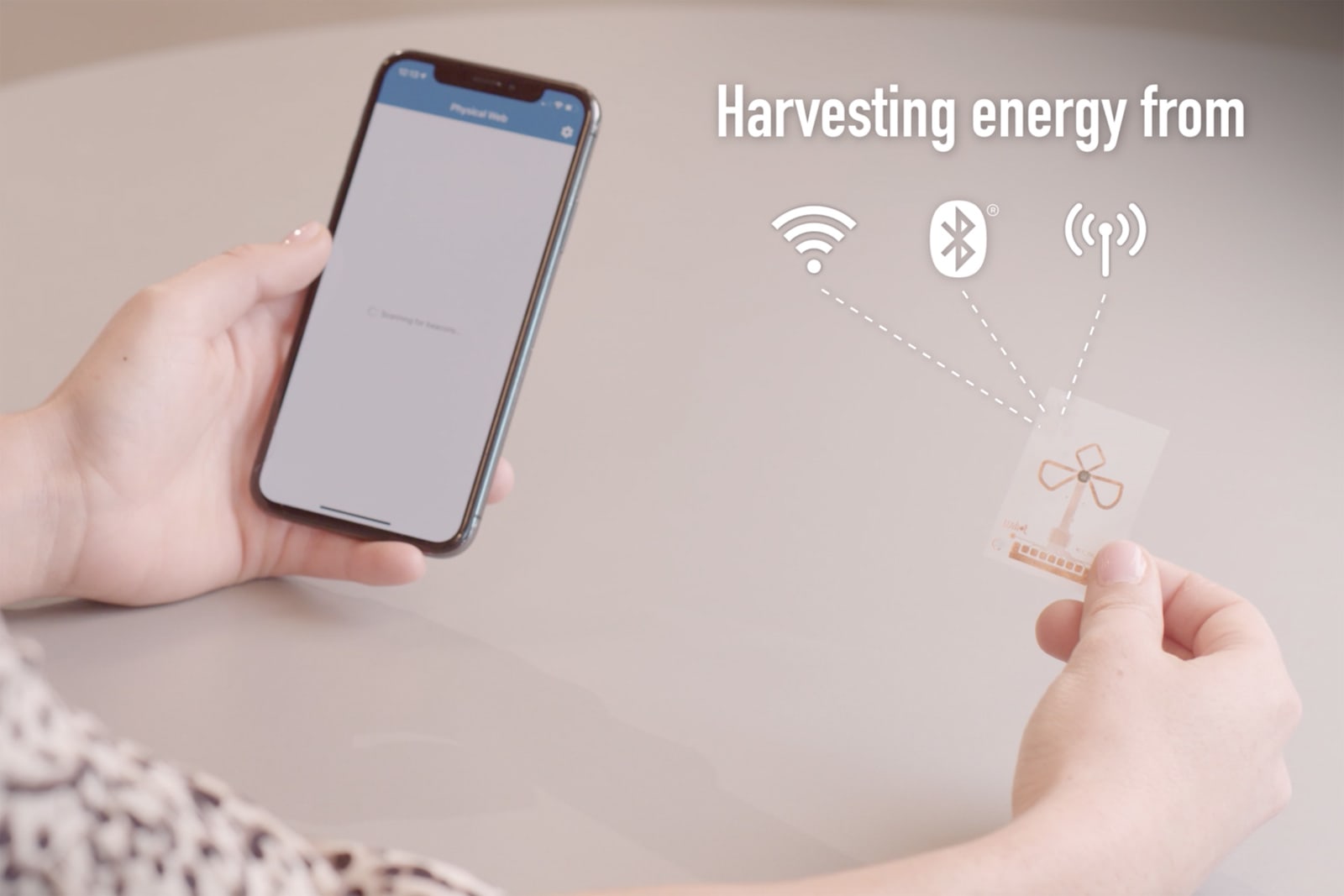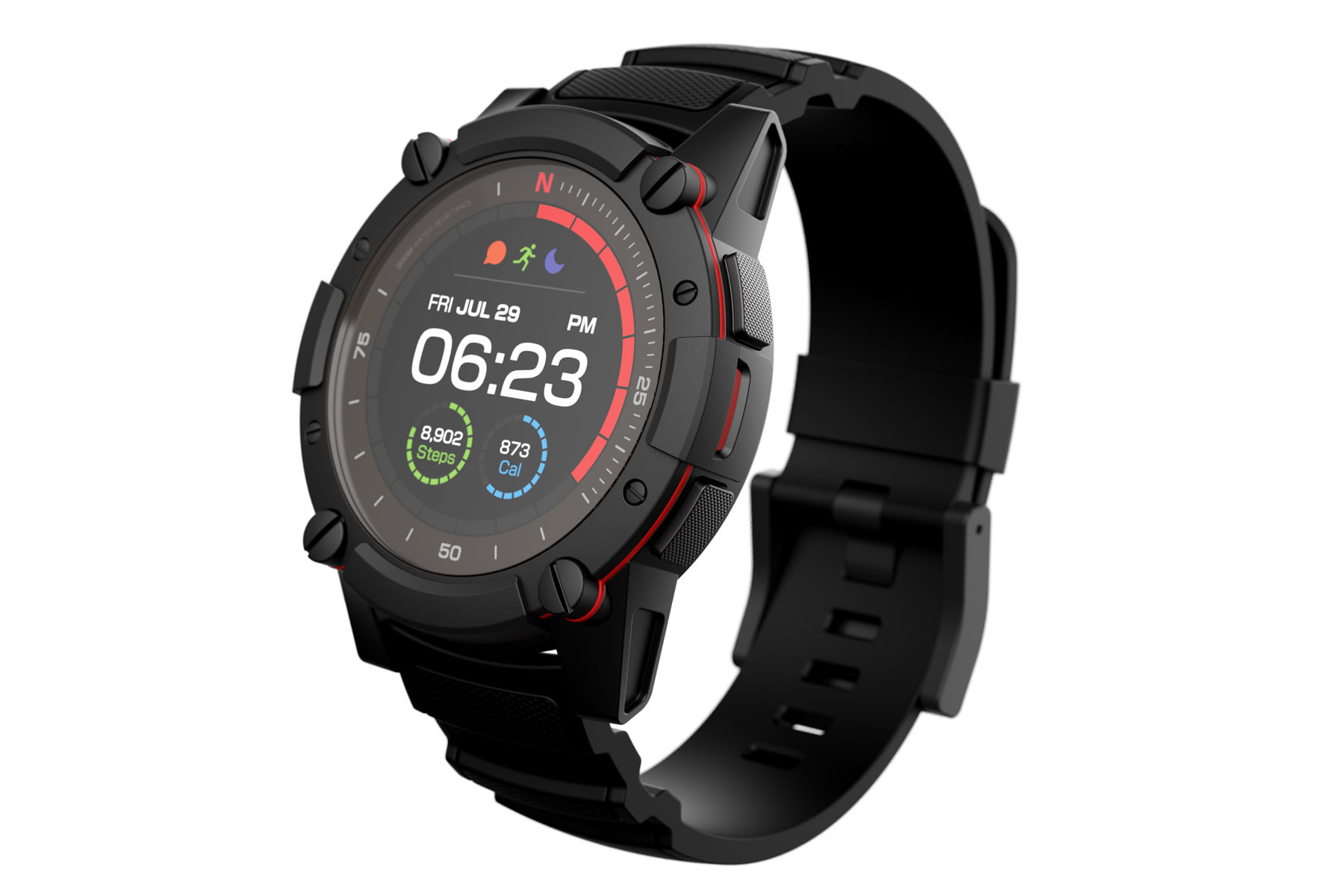
The problem with power is that, eventually, it runs out. To help cope with this inevitability, scientists at the University of Washington have developed prototype "ambient backscatter" devices that can passively harness the juice in radio and TV waves. Because they don't generate their own signal, these devices can get by on the juice they siphon from the air -- communicating by absorbing or reflecting binary information from existing signals, instead. According to the researchers, these signals can travel as far as 6.5 miles from a TV tower at speeds of 1KB per second.
Although the project is still in its infancy, its creators are already thinking up practical applications. Ambient backscatter tags could be built into buildings or bridges, for instance, and alert monitoring stations to potential structural damage or defects. The team also imagined tagged keys and furniture, warning a user if they accidentally dropped something between the couch cushions -- all without an energy source. This type of tech could bring us closer to the internet-of-things future we've been promised, allowing smart communications to exist virtually anywhere. The Huskies said this could even enable a dead smartphone to send TV signal-powered text messages -- which could be great considering how often we forget to charge our handsets.
Filed under: Wireless, Science
Comments
Via: Dvice
Source: University of Washington
 Sensors play a crucial role in the Internet of Things, but there's one glaring limitation: they need a battery or some other conspicuous power source to run. Soon, however, they might only have to pluck energy from the air. Wiliot has shown off a B...
Sensors play a crucial role in the Internet of Things, but there's one glaring limitation: they need a battery or some other conspicuous power source to run. Soon, however, they might only have to pluck energy from the air. Wiliot has shown off a B...
 Sensors play a crucial role in the Internet of Things, but there's one glaring limitation: they need a battery or some other conspicuous power source to run. Soon, however, they might only have to pluck energy from the air. Wiliot has shown off a B...
Sensors play a crucial role in the Internet of Things, but there's one glaring limitation: they need a battery or some other conspicuous power source to run. Soon, however, they might only have to pluck energy from the air. Wiliot has shown off a B...
 In announcing the third in its range of battery-free smartwatches, Matrix Industries is going where few others have gone before. Whereas the first two PowerWatches relied upon thermocouples to generate power, the new model has two different ways to g...
In announcing the third in its range of battery-free smartwatches, Matrix Industries is going where few others have gone before. Whereas the first two PowerWatches relied upon thermocouples to generate power, the new model has two different ways to g...
